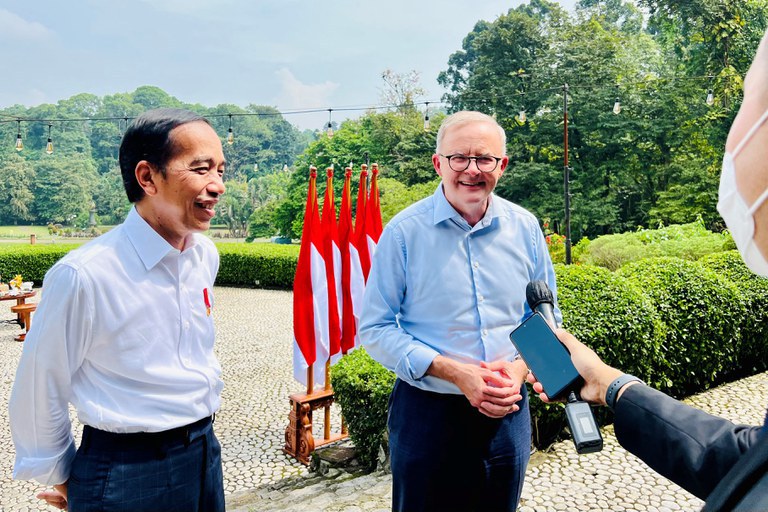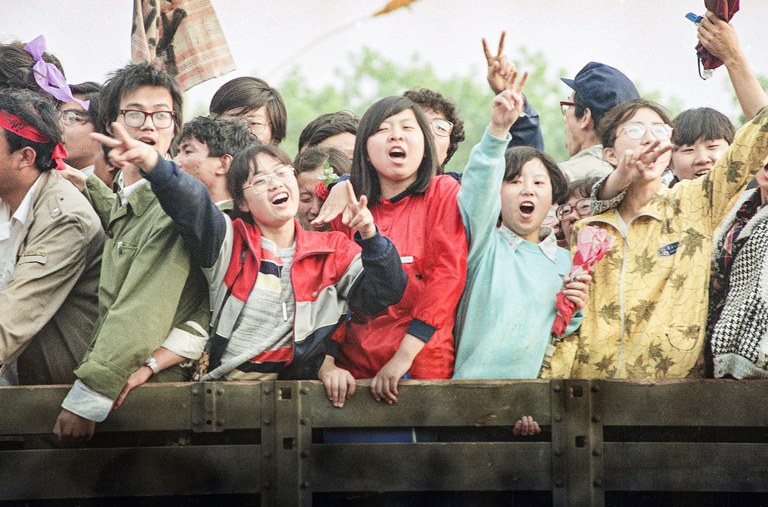Cantopop singer Tommy Yuen in court accused of ‘incitement’ under security law
Hong Kong police on Tuesday charged Cantopop singer and activist Tommy Yuen with “inciting hatred against the government” and “fraud” after he spoke out on social media against COVID-19 restrictions, and tried to raise money to assist a 19-year-old woman accused of “rioting.” Yuen, 41, appeared in court on Tuesday after police froze some H.K.$140,000 of his assets, charged with one count of “one or more acts of incitement” and one count of “fraud.” He had no defense lawyer present, and confirmed that he had withdrawn his application for legal aid, and would hire a private attorney instead. Yuen appeared in court with hair grown out to shoulder length, wearing a blue denim jacket, in apparently good spirits, waving to onlookers at the end of the hearing. He made no bail application, and will be remanded in custody until July 26. The charges against Yuen are based on posts he made to Facebook and Instagram between Sept. 26, 2021 and Jan. 21, 2022, which the prosecution alleged were “intended to provoke hatred or contempt for the government … or cause resentment or rebellion among Hong Kong residents.” He is also accused of using fraudulent means to raise funds for a 19-year-old defendant charged with “rioting,” a charge often used to target those present during the 2019 protest movement, or even its absent supporters. Meanwhile, secondary schools in Hong Kong are removing books deemed in breach of the national security law, the city’s Ming Pao newspaper reported. A list of books removed from the shelves of three school libraries obtained by the paper showed that more than 200 titles have disappeared from libraries because of fears they could breach the law. Targeting books Education bureau director Kevin Yeung said schools are responsible for ensuring that they don’t break the law. “Books are as important as textbooks and can influence the minds of young students,” Yeung told reporters. “The choice of books isn’t the sole responsibility of librarians; subject director, and even principals — the whole school — needs to get involved in this work,” he said. Bao Pu, publisher of the memoirs of late ousted premier Zhao Ziyang, one of the books on the list, said the book has little to do with national security. “When this book was published, I didn’t think it violated the laws of Hong Kong, nor did I think this book had anything to do with China’s national security,” Bao told RFA. “I believe that the books I published were all beneficial to readers and to China,” he said. But he added: “How they choose to self-censor is not my business and has nothing to do with me.” Bookburning Sociologist Chung Kim-wah described the removal of books as the modern version of book-burning. “The government doesn’t dare to actually draw up a list of banned books, so they are leaving the schools, teachers and library staff to try to guess what their superiors would think about them,” Chung told RFA. “This means that any works that might be regarded as objectionable or unfriendly by the government will be removed from the shelves,” he said. “It’s the safest way of controlling them, through intimidation,” he said. “It’s no different from burning books … it’s basically about control over the freedom of speech and expression.” Under guidelines published by the Education Bureau in February, schools are required to “establish/ strengthen the monitoring mechanism for regular review of learning and teaching resources (including their content and quality).” “Schools should ensure that the display of words or objects within the campus (including school buildings, classrooms and bulletin boards, etc.), such as books (including library collections), publications and leaflets does not involve contents that endanger national security,” the guidelines state. “Schools should also prohibit anyone from bringing objects to schools in contravention of the rules.” The national security law criminalizes speech and actions deemed to amount to secession, subversion, terrorism, or collusion with foreign powers, and enabled the setting up of a national security office under the direct control of Beijing to oversee the implementation of the law, as well as a Hong Kong headquarters for China’s feared state security police, to handle “special cases” deemed important by Beijing. It also bans speech or actions anywhere in the world deemed to incite hatred or dissatisfaction with the CCP or the Hong Kong government. Translated and edited by Luisetta Mudie.







